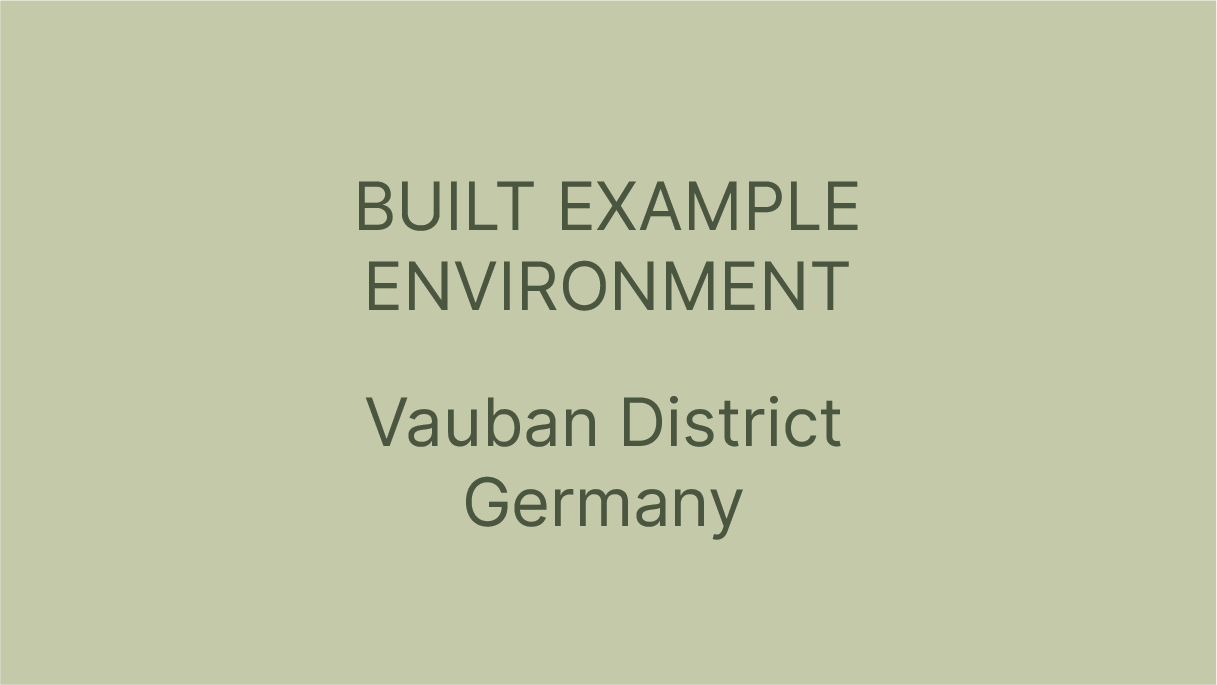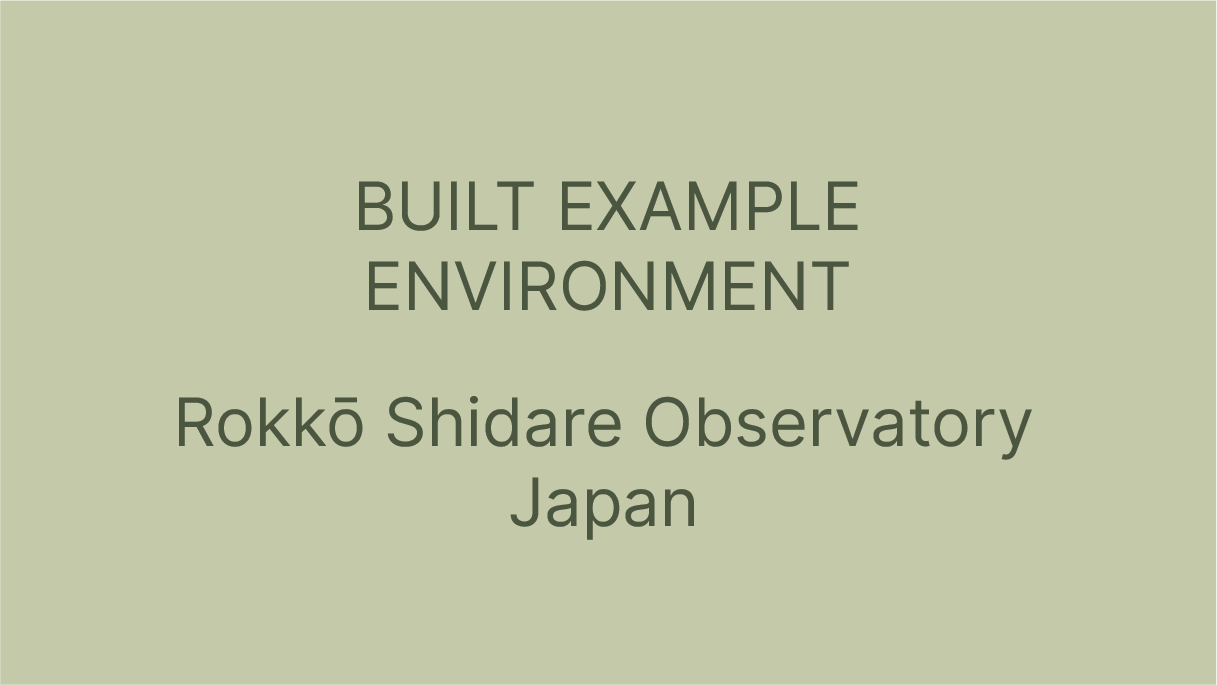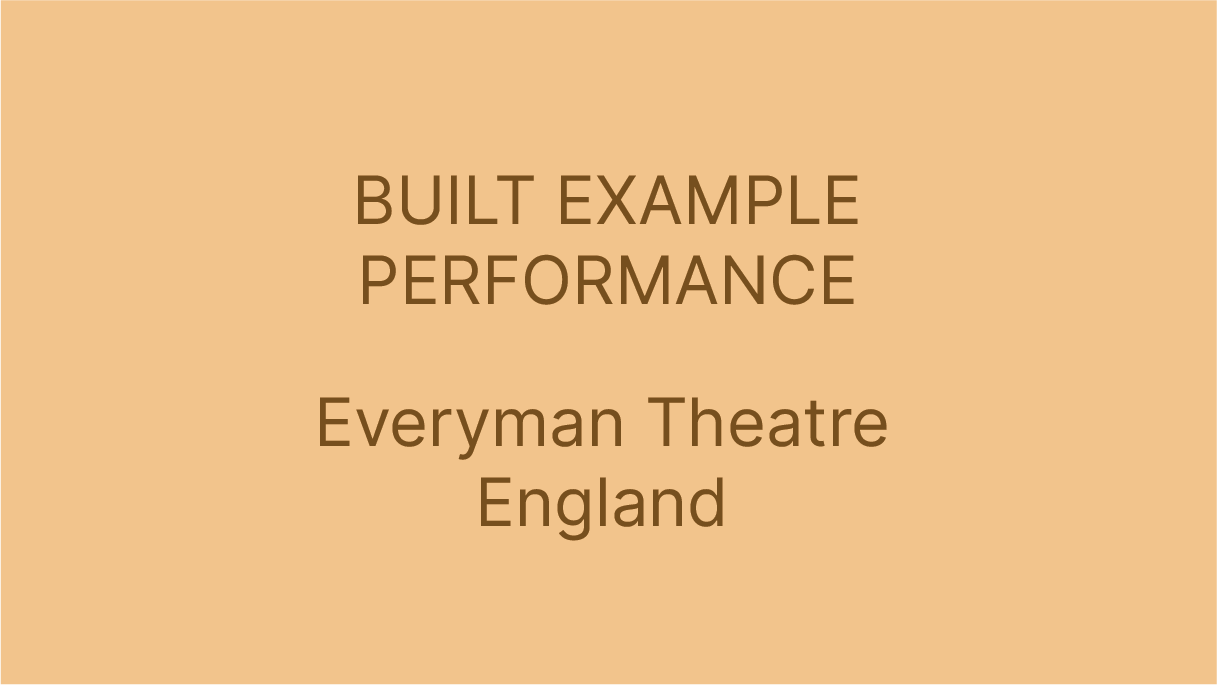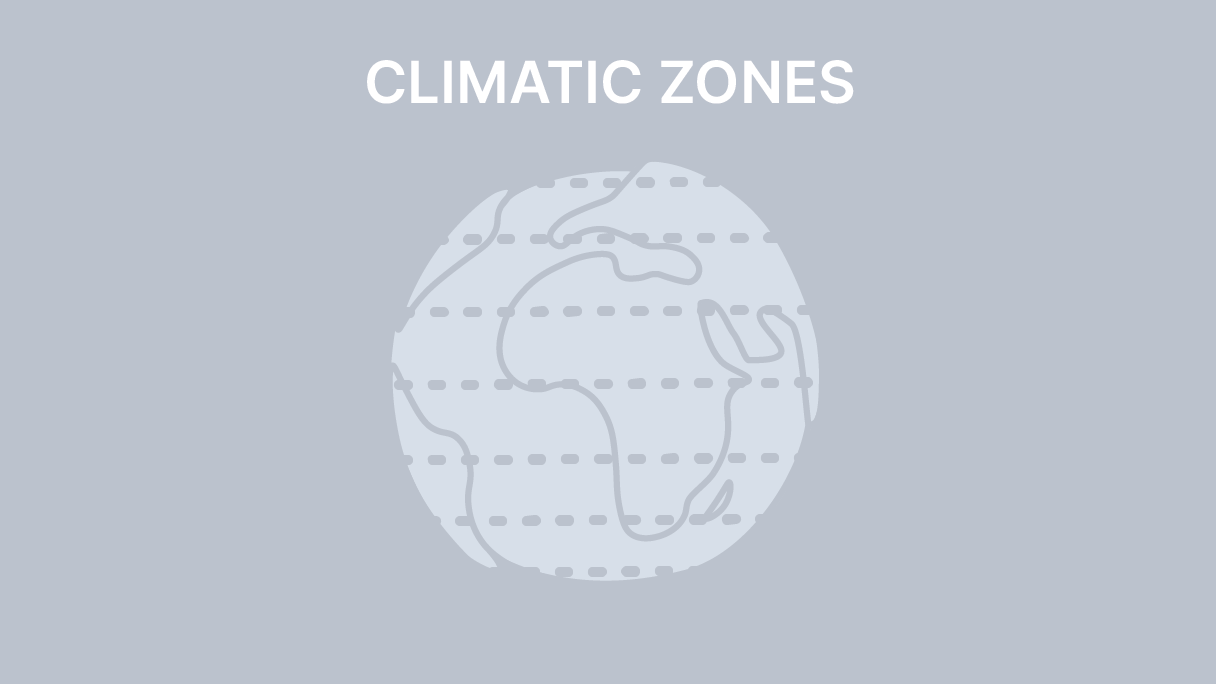Vindmollebakken Housing
The Vindmøllebakken project is an innovative response to the need for socially sustainable living spaces that reduce the carbon footprint and enhance residents' quality of life. It is constructed entirely from wood and features privately owned apartments (40 co-living homes, 10 apartments and 4 townhouses) surrounding a shared 500m2 space with various amenities, including a spacious indoor courtyard. The project is designed to promote a sense of community and encourage social interactions among residents.
Zero-carbon Cultural Centre
The ‘Zero-carbon Cultural Centre’ in Pakistan, designed by architect Yasmeen Lari, represents an exemplary fusion of sustainability and cultural preservation. This visionary project combines traditional techniques with modern innovation, creating a carbon-neutral cultural hub. It exemplifies the harmonious blend of sustainability and cultural heritage and carries profound social impact. By revitalizing traditional craftsmanship and promoting eco-awareness, Lari’s creation fosters community engagement, empowerment, and a renewed sense of cultural pride, transcending architectural boundaries.
Carbon Positive House
Carbon positive house is a prefabricated micro-house that is available in Australia designed by ArchiBlox and claims to be ‘Carbon Positive’ by generating more energy than it takes to build it over its predicted lifespan.
Dandaji Daily Market
An outdoor market organised around an ancestral tree that has become a public space. The project design references the area’s traditional market architecture of adobe posts and reed roofs, pushing the typology forward using compressed earth bricks and metal for durability. It results in an infrastructure that is visually appealing that the users can be proud of, and that has the potential of consequently attracting more people and activities to the area. The design of the project is kept very simple, using a colourful recycled metal canopy produced through a succession of individual shading structures that compensate for the difficulty in growing trees in such an arid, desert climate.
Home for Life
The 200m² single family house is a CO₂-neutral demonstration project. VKR Holding, which is the mother company of VELUX and VELFAC, initiated the construction of eight demonstration houses in a number of European countries following the Active House principle.
Rokko Shidare Observatory
Perched on the Rokko Mountain in Kobe, the Rokko Shidare Observatory is a unique landmark that not only takes in spectacular views, but also provides a place to experience the natural energy and beauty of the Rokko Mountain. A key visual feature of the observatory is the 16m diameter meshed dome that provides partial shelter against the weather.
Villa Wood
Nestled in the Copenhagen suburbs, Villa Wood stands as a prime illustration of sustainable living and construction practices. Utilizing mass-timber elements (CLT) and guided by digital design, this new housing typology offers a versatile home for families of all kinds, embodying a fresh perspective on architectural innovation.
METI School
The school is an impressive example of a hand-crafted endeavour, highlighting excellent principles of sustainable design and architecture that resonates with the community. By skilfully integrating tradition wisdom, easily accessible renewable resources, and innovative building methods, the project preserves its traditional identity while also welcoming contemporary elements in its appearance and function. The school (for 168 students) adopts an alternative child-directed work method over conventional frontal lessons. Mirroring this philosophy, the two-story school architecture offers diverse spaces for children’s activities, aligning design with the educational approach.
Everyman Theatre
The redesign of the Everyman Theatre was no easy task. It is a newly built naturally ventilated theatre building in the middle of Liverpool with a strong link to the past and ambitious environmental goals, designed by the architects together with engineers, theatre staff and the public. It uses an earth tube in a large air plenum (void space) under the building to cool (and in winter pre-heat) the spaces that acoustically separates the spaces from the urban soundscape. Everyman is fitted with an airtight and well insulated envelope and together with the natural ventilation, the theatre manages to run with significantly less energy, compared to other performance spaces. The architects have run a post-occupancy evaluation report in 2021, and it reveals that both the staff, and customers are extremely happy with the new theatre.
IAQ Indoor Air Quality
Indoor air quality (IAQ) is an important factor in human health, comfort, and productivity. It includes factors such as temperature, humidity, and the presence of pollutants. Poor IAQ can lead to a variety of health problems, such as respiratory diseases, allergies, and asthma. It can also impact building performance and energy efficiency. IAQ is affected by activities and materials inside buildings, as well as outdoor air pollution. Sources of indoor air pollutants include combustion sources, building materials, cleaning products, pesticides, and people. Sustainable architecture seeks to minimize the environmental impact of buildings, including minimizing the release of pollutants and creating buildings that are resilient to climate change. The COVID-19 pandemic has brought renewed attention to the importance of good ventilation and air filtration in indoor spaces.
Passive Design Approaches
Passive House design is an innovative approach in architecture that focuses on achieving exceptional energy efficiency and comfort within buildings. This approach is rooted in the principle of minimizing energy consumption by utilizing natural resources and optimizing the building envelope.
Passive House buildings are meticulously designed to maintain a constant indoor temperature through careful insulation, airtight construction, and efficient ventilation systems. High-performance windows, advanced insulation materials, and thermal bridges reduction are integral components of this strategy. By harnessing solar gains and internal heat sources, these buildings can significantly reduce the need for traditional heating and cooling systems.
The Passive House concept prioritizes a holistic design philosophy, emphasizing the synergy between architectural elements and energy efficiency. Notably, it aligns with sustainable practices by substantially reducing greenhouse gas emissions and promoting long-term environmental sustainability.
Self-sustaining Design Approaches
Self-sustaining design approaches at their core, these approaches embrace a holistic philosophy that seeks to harmonize human habitats with the natural world while reducing resource consumption and minimizing environmental impact.
Central to this concept is the aim to achieve self-sufficiency, wherein buildings generate their energy and resources, striving for net-zero or even positive energy balance. This involves integrating renewable energy sources such as solar panels, wind turbines, and geothermal systems, coupled with innovative energy storage solutions.
Passive design strategies play a vital role, leveraging the local climate and environment to optimize heating, cooling, and lighting without heavy reliance on mechanical systems. Water conservation is also paramount, employing techniques like rainwater harvesting, greywater recycling, and efficient irrigation.
Materials selection takes on a sustainable ethos, favouring eco-friendly and locally sourced options to reduce embodied energy and minimize transportation impact.
Microclimate
The microclimate refers to the local climatic condition that exists within a small specific area such as a garden, park or urban street. It is influenced by factors such as the surrounding terrain, vegetation cover, topography and buildings. The urban heat island effect is a phenomenon where urban or developed areas are significantly warmer than surrounding rural areas, typically by several degrees Celsius. This effect is caused by a combination of factors related to human activities, including the construction of buildings and roads, the use of dark surfaces, loss of vegetation and the generation of heat by vehicles, machinery and other sources. Trees and other vegetation provide shade and cool the air through the process of transpiration, so when vegetation is removed or reduced, there is less shade and cooling, leading to higher temperatures. The urban heat island effect can have several negative impacts on human health, including increased risk of heart related illnesses, increased energy consumption and increased air pollution and greenhouse gas emission.
Atmospheric Conditions
This talk is about passive resilience and atmospheric conditions. It discusses the differences between the atmosphere and climate, and the four factors that make up the atmospheric condition: temperature, humidity, wind, solar exposure, and precipitation. Temperature has a direct impact on energy and efficiency, and passive design techniques such as building orientation, insulation, and shading can help maintain comfortable indoor temperatures. In hot climates, passive cooling strategies such as shading and ventilation can reduce the need for active cooling systems. In cold climates, passive solar heating and thermal mass materials can help reduce the need for energy intensive heating systems. It is important to consider the temperature range for a location when selecting building materials to ensure they are durable and appropriate for the local climate. Energy efficiency can be improved by considering the temperature of a building and using passive cooling techniques.
Designing for Climatic Zones
Designing for climates is the process of designing spaces that are well adapted to the local climate and weather conditions, with the goal of minimizing the building's energy consumption, maximizing indoor comfort, and reducing the negative impacts on the environment. Climate plays an important role in shaping human settlement, as it affects a ways people interact with the environment and the types of buildings and infrastructure that are required to support their needs. Contextual design and place-based design includes the spirit of place, also referred to as a genius loci, which focuses on the unique identity of place and its local natural systems, landscaping and environment. An example of this is the Danish vernacular wing houses and half timber houses, which were designed to withstand the harsh weather conditions in Denmark and were orientated with S facades or SW facades to maximize solar gain and minimize exposure to prevailing winds. Climate is affected by latitude, distribution of land and sea wind systems as well as the altitude of the location, and microclimates refer to the specific conditions and the immediate vicinity of a site such as wind patterns, temperature fluctuations and exposure to sunlight.
Climatic Zones
This talk is about the relationship between climate and architecture, and how understanding the climatic zones can help inform the design of a building. The northern and southern hemispheres, as well as the Equatorial zone, have unique environmental conditions that influence the design of spaces, the architectural approach, and the materials used. The global wind directions are largely influenced by the Earth's rotation and the unequal heating of the Earth's surface by the sun, and the distribution of land and water masses across the planet. Examples of wind directions include the trade winds, westerly winds, and polar easterlies. It is important to consider these climatic factors when designing a building, as the solar radiation and global winds can have a significant impact on the amount and intensity of solar radiation that a building receives.
Retrofit Unintended Circumstances
Architects need to prevent building demolition and should transform the existing fabric instead of building new. Low energy retrofit not only reduces carbon emissions, resource use and urban sprawl, but also tackles social injustices (e.g. energy poverty) and energy security. Designing low energy retrofits is not just upgrading for energy efficiency, but also involves:
• Enhancing carbon storage by rewilding and using bio-based materials
• Circular economy principles and use of non-virgin materials
• Future proofing through future climate change adaptation
• Multifunctionality and adaptability, reducing excess floor area and sharing of spaces
• Avoid unintended consequences that affect health and well being or jeopardises the building fabric and that does not materialise energy and carbon reductions.
Low Energy Retrofit
Architects need to prevent building demolition and should transform the existing fabric instead of building new. Low energy retrofit not only reduces carbon emissions, resource use and urban sprawl, but also tackles social injustices (e.g. energy poverty) and energy security. Designing low energy retrofits is not just upgrading for energy efficiency, but also involves:
• Enhancing carbon storage by rewilding and using bio-based materials
• Circular economy principles and use of non-virgin materials
• Future proofing through future climate change adaptation
• Multifunctionality and adaptability, reducing excess floor area and sharing of spaces
• Avoid unintended consequences that affect health and well being or jeopardises the building fabric and that does not materialise energy and carbon reductions.
Insulation
Insulation reduces and slows down heat transfer and therefore reduces heat loss in winter and heat gains in summer. This significantly reduces the operational energy and carbon impacts. To design low energy buildings you need to specify materials with low k-values, i.e. thermally insulating materials that reduce heat transfer. Human-made materials often have better thermal conductivity, so less insulation material is often needed for the same thermal performance, but at often a higher embodied carbon cost (i.e. more energy to manufacture). This is why it is important to evaluate the full life-cycle implications of insulation materials should be carefully considered, not only its thermal performance.




















